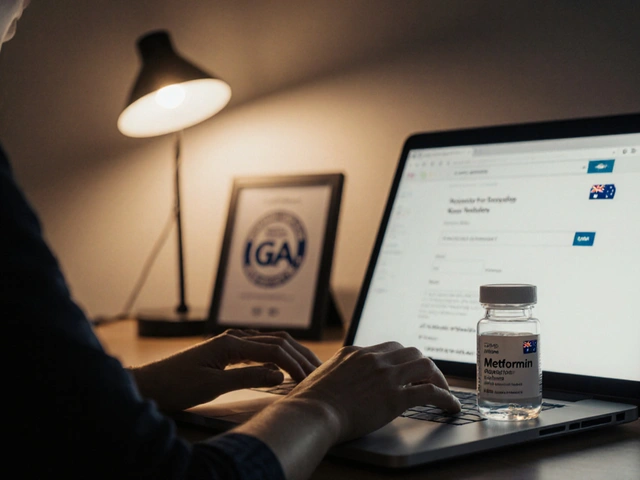How to Safely Buy Cheap Generic Clindamycin Online
September 30 2025Regular follow-up care: simple habits that prevent big problems
Skipping follow-ups turns small issues into big ones. Regular check-ins with your doctor or nurse catch side effects, adjust medicine, and prevent avoidable trips to the ER. You don’t need to overcomplicate it — a few habits make follow-up care easy and useful.
Make follow-ups work for you
Book your next appointment before you leave the clinic. If you can’t, set a calendar reminder the day you start a new medicine or learn a new treatment plan. Use telehealth when a physical exam isn’t needed — it saves time for quick check-ins and refill requests. Keep one phone number and one email for the clinic so messages don’t get lost.
Bring a short, clear list to each visit: current meds (include doses and how you actually take them), symptoms since the last visit, and any new test results or home readings (blood pressure, blood sugar, weight). If a test result is overdue, ask who will schedule it and how you’ll get the results. Don’t assume someone else will follow up — ask for a timeline.
What to track between visits
Keep a simple log. Note date, time, medicine you took, dose, and any side effects. A paper notebook, a note on your phone, or a free app all work. Track measurable things: BP readings, fasting glucose, daily weight, or mood scores. Seeing patterns helps your clinician make faster, safer changes.
When you need refills, plan ahead. Ask about refill buffers — some meds need a week or two to arrive, especially if using a mail-order or overseas pharmacy. If you use online pharmacies or discount apps, check their legitimacy first. Look for pharmacy credentials, clear contact info, and a requirement for a valid prescription. If a price looks too good to be true, double-check before you order.
If your treatment needs lab monitoring (thyroid meds, blood thinners, cholesterol drugs), know the schedule. For example, new thyroid starts often need a blood test in 6–8 weeks; statins usually need a cholesterol check after a few months. Ask your clinician exactly when and how you’ll be notified of results.
Watch for red flags that need sooner attention: sudden breathlessness, chest pain, severe swelling, sudden vision change, high fever, or dangerous bleeding. If any of those happen, get urgent care or call emergency services. For less severe but worrying changes — new rash, new confusion, persistent nausea — reach out to your clinic or pharmacist right away.
Make your pharmacist part of the team. They can spot dangerous drug interactions, suggest safer alternatives, and help with adherence tricks like pill boxes or synced refill dates. If you travel, tell your provider — some meds need special planning for time zones, storage, or DVT prevention on long flights.
Follow-up care doesn’t have to be a chore. With a short checklist, scheduled reminders, clear tracking, and trusted pharmacy choices, you’ll stay safer and avoid last-minute problems. Small steps now save time and stress later.
 26 Jun
26 Jun
The Importance of Regular Follow-Up Care for Advanced Renal Cell Carcinoma Patients
As a patient dealing with advanced renal cell carcinoma, I cannot stress enough the importance of regular follow-up care. Staying vigilant with our appointments helps us monitor the progress of the disease, manage side effects, and ensure that the treatment plan remains effective. Our healthcare team is our partner in this journey, providing valuable insights and support. By prioritizing follow-up care, we can make informed decisions about our health and improve our overall quality of life. Let's not take any chances and commit to taking charge of our well-being.
Read More...




